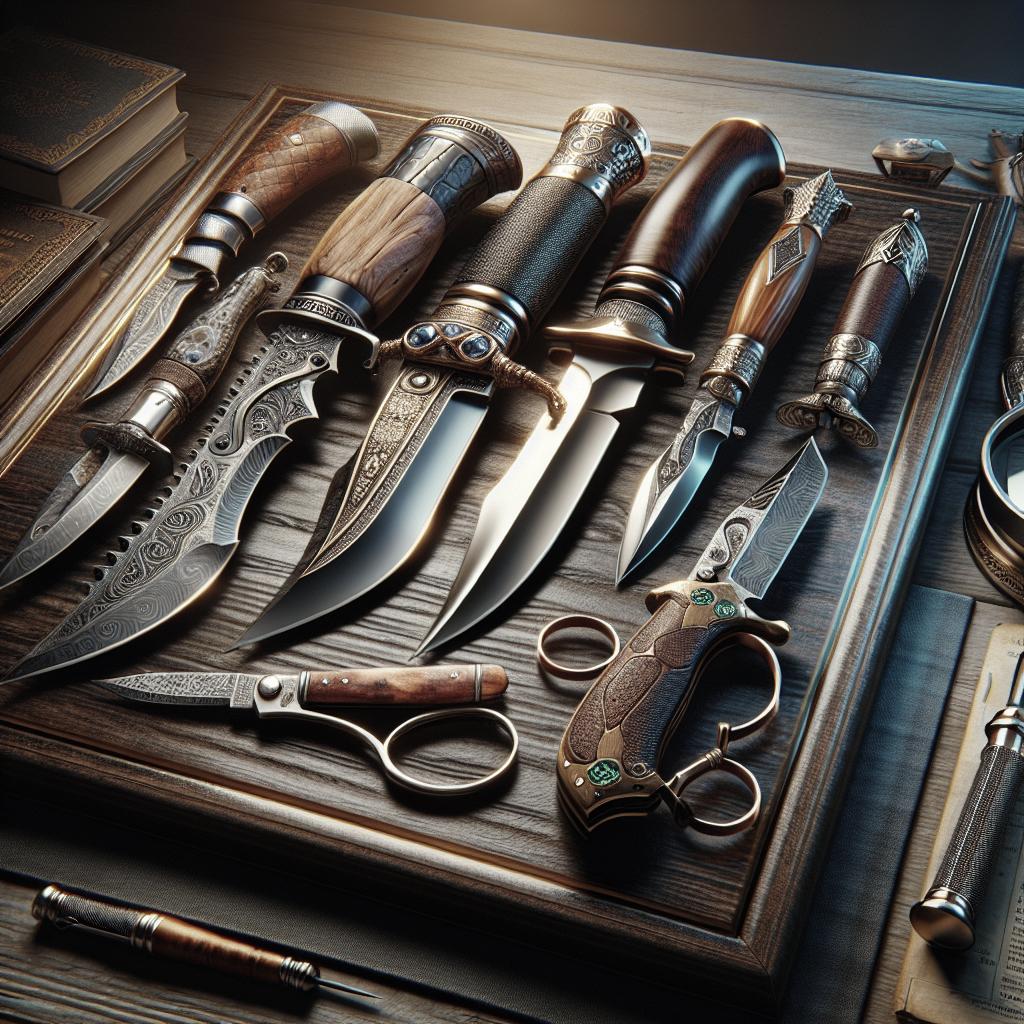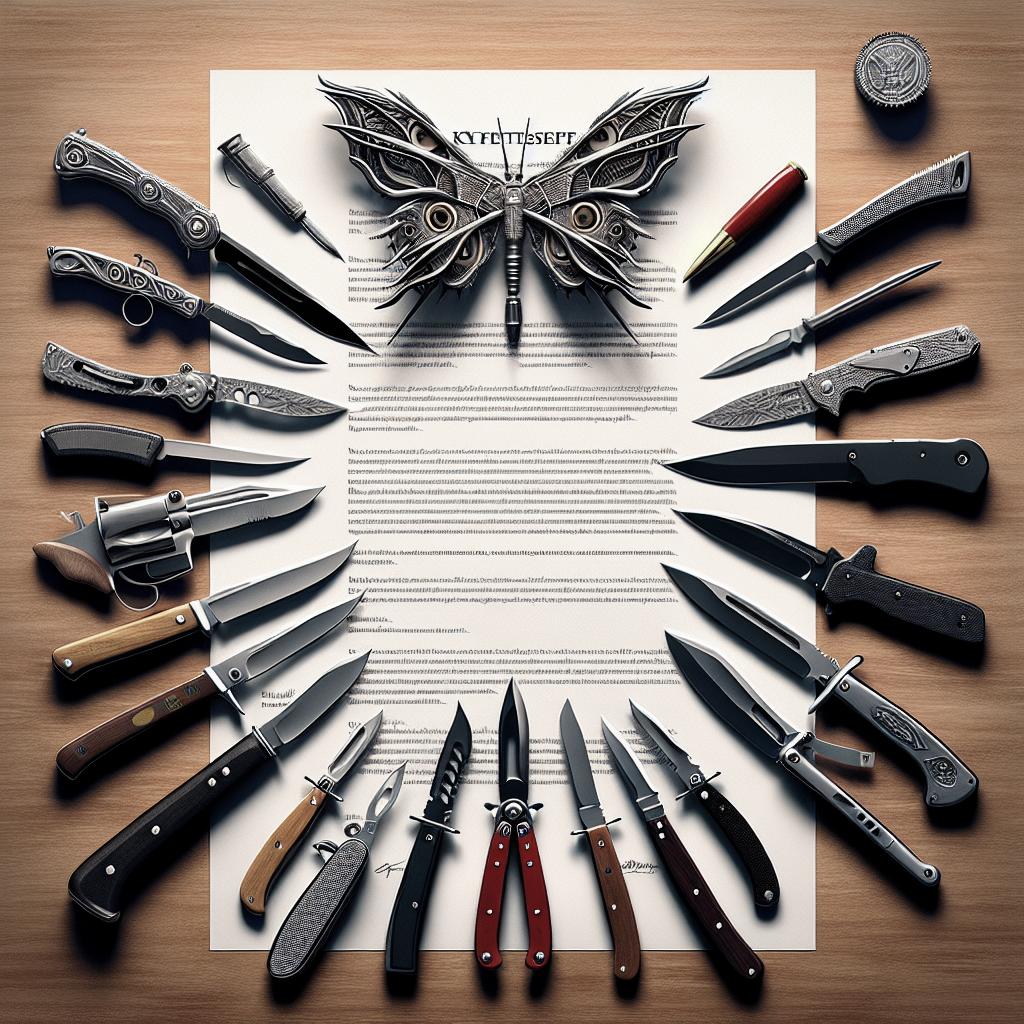Traditional vs. Modern Knife Designs
In the kitchen, the knife is an indispensable tool that plays a crucial role in food preparation. Whether slicing, dicing, or chopping, the design of a knife can significantly impact its functionality. This blog post delves into the world of knives, contrasting the essence of traditional designs with the evolution of modern alternatives. By examining materials, craftsmanship, versatility, and suitability for different types of chefs, this article aims to guide you through the myriad of choices available today. For both professional chefs and culinary enthusiasts, understanding the differences—not only in design but also in maintenance and care—can lead to a more informed purchase. Finally, we’ll conclude with a summary to help you find the perfect knife for your culinary endeavors.
The Essence of Traditional Knife Design
Craftsmanship and Materials
Traditional knives are often synonymous with artisanal craftsmanship, where attention to detail and manual proficiency shine through each blade. Artisans and blacksmiths who create these knives invest hours into the forging process, a labor of love that imparts each knife with a unique character. Materials such as high-carbon steel or Damascus steel are frequently employed, prized for their ability to make durable, razor-sharp edges that epitomize enduring value.
The use of natural elements like wood for handles and brass for pins adds to the aesthetic value, rendering each knife not just a tool but an object of art. Traditional knives often retain elements that are reflective of the culture and region in which they were crafted, adding another layer of significance for both the maker and the user.
Design Characteristics
Traditional knife designs often feature elegant lines and shapes that have stood the test of time. The design is typically functional, maintaining a simplicity that has evolved from centuries of refinement. From the graceful curve of a Japanese Santoku to the robust heft of a German chef’s knife, each design serves distinct culinary tasks.
These knives often feature a full tang construction, where the blade extends into the handle, thereby ensuring balanced weight and superior strength. While the design may appear simple, it is meticulously considered to deliver optimal balance, precision, and control.
The Evolution of Modern Knife Design
Materials and Technology
Modern knives are a testament to technological advancements, leveraging new materials and manufacturing techniques to enhance performance. Stainless steel, ceramic, and titanium are common modern choices, each offering specific benefits like corrosion resistance, lightweight structure, and exceptional hardness.
Technology allows for precision engineering with advanced manufacturing processes such as laser cutting and machine finishing. This results in knives with uniform sharpness and consistent quality, making modern knives highly efficient for busy, high-volume kitchens.
Design Trends
The design trends in modern knives often veer towards ergonomic shapes with handles crafted to reduce hand fatigue. Another trend is modularity—interchangeable parts that allow for customization based on specific needs.
Cutting-edge designs are not just limited to aesthetics; they often incorporate practical innovations like textured or non-slip handles and unique blade edges for enhanced grip and safety. Some modern knives also come with added features such as built-in sharpeners, making maintenance easier for the modern user.
Functionality and Versatility: A Closer Look
Blade Versatility
Blade versatility is paramount in a world that demands versatility from every kitchen tool. Traditional knives excel in specialized culinary techniques, with certain designs tailored for distinct tasks such as slicing vegetables or filleting fish.
Modern knives, on the other hand, often boast a more general-purpose design. However, recent trends have also seen a blending of traditional designs with modern features to offer unparalleled versatility, allowing chefs to switch between tasks effortlessly.
Edge Retention and Maintenance
Edge retention is a critical factor for any knife. Traditional knives, often made from high-carbon steel, maintain sharpness longer but may require regular sharpening to prevent rust and maintain the edge. With proper care, these knives can last a lifetime.
Modern knives, with stainless steel or ceramic blades, offer impressive edge retention and require less frequent sharpening. Their resistance to stains and rust makes them a low-maintenance choice for those seeking convenience over tradition.
Price Point: Is It Worth the Investment?
The price point of knives ranges significantly based on their materials, craftsmanship, and brand reputation. Traditional knives, particularly hand-forged pieces, often come with a higher price tag, reflecting the skilled labor and premium materials used in production.
Modern knives dish up a wide range of options, from budget-friendly to premium-priced models, offering choices for all budget ranges. Investing in a quality knife, whether traditional or modern, can lead to better cutting performance and longer tool life, hence worth considering as an investment dependent on one’s culinary aspirations.
Suitability for Different Types of Chefs
Traditional knives often appeal to chefs who appreciate the nuanced artistry and cultural heritage embedded in each blade. Their preference stems from a connection to the craft and the raw, tactile experience these knives offer during preparation.
Modern knives, designed for efficiency and ease of use, attract culinary practitioners focused on performance over tradition. They are typically favored in fast-paced kitchen environments where technology’s advantages can be fully utilized.
Maintenance and Care: A Recipe for Longevity
Proper maintenance can extend a knife’s operational life significantly. Traditional knives may require more frequent sharpening and often benefit from oiling to prevent rust, demanding a little more diligence from the user.
Modern knives claim ease in maintenance, with stainless options being dishwasher-friendly and resistant to corrosion. However, regular honing is advised to maintain optimal sharpness over time, ensuring that the knife performs reliably day after day.
Sharp Wisdom: Finding Your Perfect Knife
Ultimately, the decision between a traditional or modern knife boils down to personal preferences, culinary style, and the specific requirements of one’s kitchen. Both types serve unique merits and finding the right knife means considering what aspects, be it versatility, craft, or modern convenience, are most important to you.
With informed decisions and mindful care, you can enhance your culinary experience, making each cut precise and every meal a masterpiece. Whether you’re drawn to the classic allure of a traditional blade or the innovative edge of modern design, there’s a perfect knife waiting to transform your kitchen journey.
Leave a Comment
We’d love to hear from you! Please share your thoughts on traditional versus modern knife designs. What works best for you, and why? Your insights could help fellow readers make more informed choices.
| Aspect | Traditional Knives | Modern Knives |
|---|---|---|
| Materials | High-carbon steel, Damascus, natural elements | Stainless steel, ceramic, titanium |
| Craftsmanship | Hand-forged, artisanal | Precision-engineered, technologically advanced |
| Design | Centuries-old, culturally significant | Ergonomic, modular, innovative |
| Suitability | Artistic chefs, craft enthusiasts | Efficiency-focused chefs, modern environments |
| Maintenance | Requires regular sharpening, oiling | Low-maintenance, dishwasher-friendly |
| Price | Higher price due to artisanal value | Wide range, from budget to premium |


